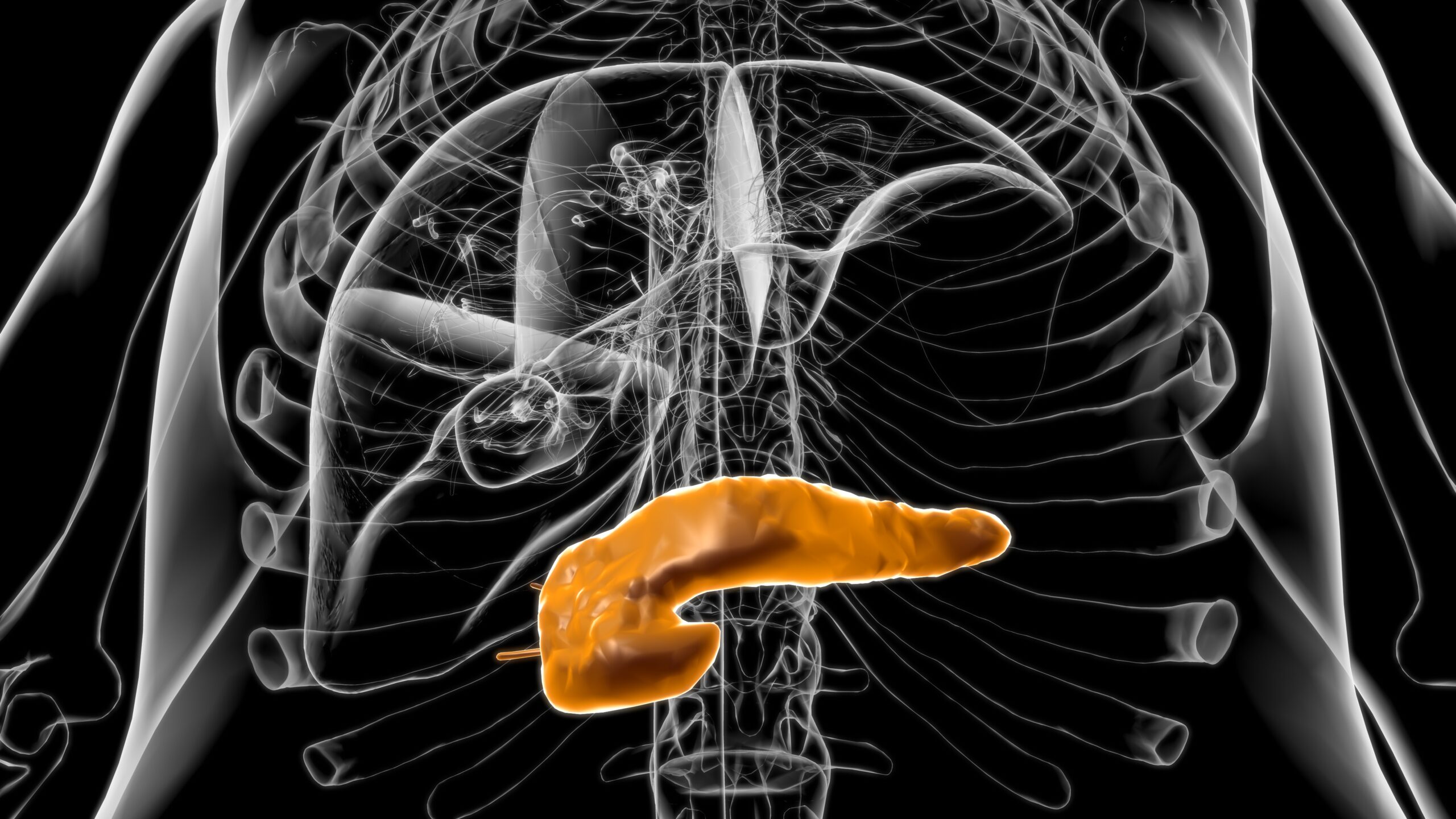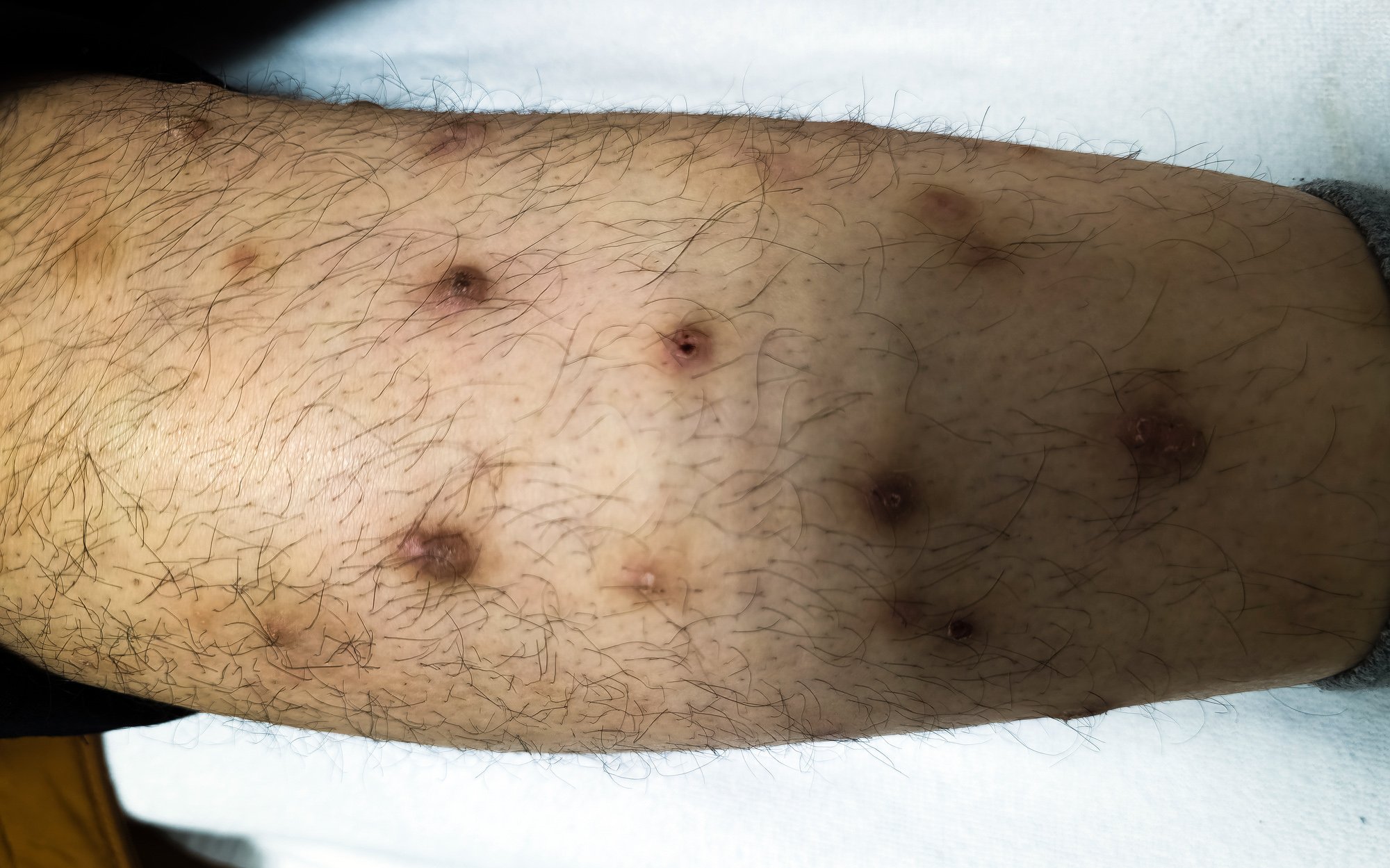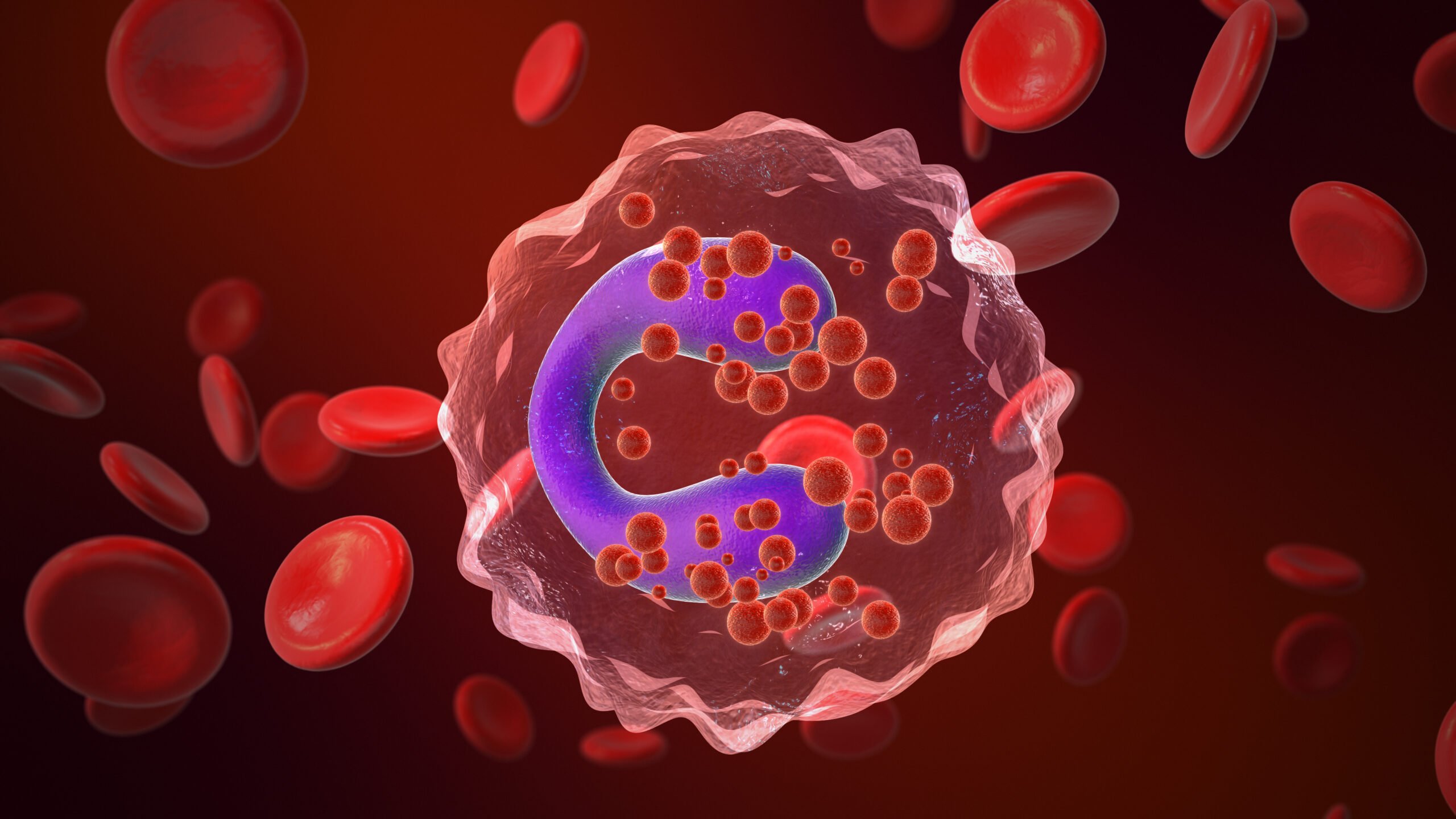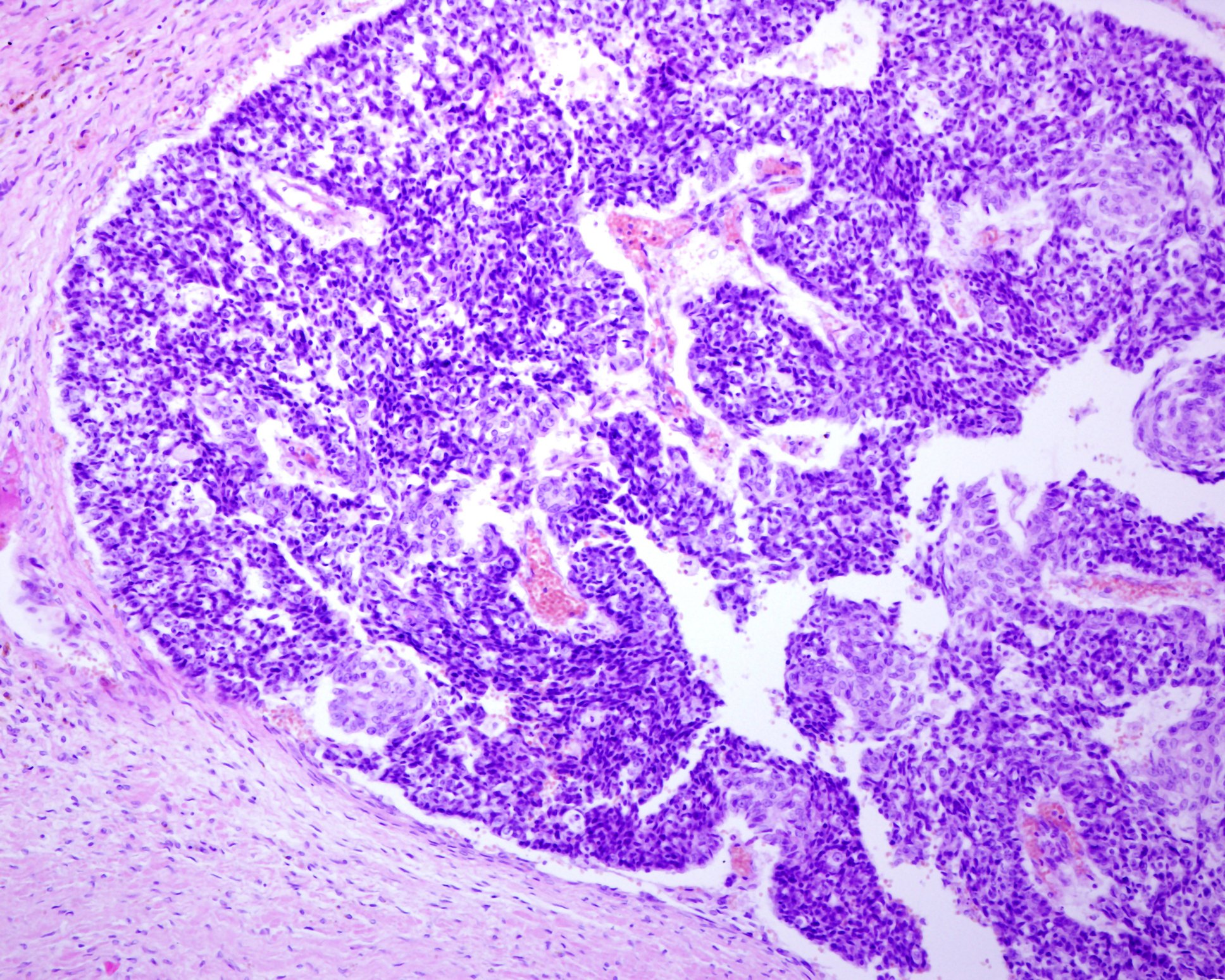Chronic heart failure is one of the leading causes of death and reasons for hospitalization in developed countries. The prognosis is often poor – within five years, about half of those affected die. That no longer has to be the case. Thanks to improved treatment regimens and new drugs, the chances of a longer life are good.
The prevalence of heart failure in the Western world is approximately 1-2% and increases steadily with age [1]. Study data show a 17% all-cause mortality and a 44% re-hospitalization rate in the first 12 months after hospitalization [2]. However, mortality and frequency of hospitalizations in patients with heart failure and reduced ejection fraction (HFrEF) have been steadily reduced recently thanks to new medications and consistent implementation of guideline recommendations [3].
Heart failure is divided into three forms according to left ventricular ejection fraction (LVEF): HFrEF, HFmrEF, and HFpEF (Table 1) . All forms of heart failure are characterized by deterioration in stroke volume as well as cardiac output. The consequence in HFrEF is a vicious circle of reduced stroke volume, activation of structural, neurohumoral, cellular, and molecular mechanisms, volume overload, sympathetic activity, cardiac remodeling, and inflammation and deterioration of cardiac function, which should be interrupted with pharmacological management and/or some devices. In addition to treating the underlying causes-such as revascularization or valvular surgery-neurohumoral inhibition should be achieved with ACE inhibitors or angiotensin receptor neprilysin inhibitors (ARNI), mineralocorticoid receptor antagonists (MRA), and beta blockers. Brand new is a class IA recommendation for the SGLT2 inhibitors dapagliflozin or empagliflozin. These are recommended for all patients with HFrEF – regardless of whether the patients have diabetes or not. Which of the four substances is prescribed first is up to the physician. However, treatment should be started as soon and safely as possible [3,4].

Match treatment to phenotype
Treatment beyond standard therapy should be tailored to the specific heart failure phenotype. If signs of volume overload are present, loop diuretics remain the standard therapy. Angiotensin receptor blockers (ARBs) are now recommended only if ACE-I or ARNI are not tolerated. If the heart rate remains ≥70 beats/minute in sinus rhythm despite standard therapy, the use of If-channel blockers is indicated [3,4].
For HFrEF patients with ischemic cardiomyopathy, the same criteria for prophylactic implantation (LVEF ≤35% despite 3 months of optimal therapy) still apply. If sufferers also suffer from atrial fibrillation, a stand-alone treatment algorithm can now be relied upon. It recommends anticoagulation for stroke prevention, treatment of potential triggers, and optimization of heart failure therapy for all patients. In hemodynamically unstable patients, electrical cardioversion should be performed first for rhythm control. In hemodynamically stable patients, beta-blockers, digoxin/digitoxin, or amiodarone should be used for rate control. If symptoms do not improve, pulmonary vein ablation should also be performed [3,4].
To reduce the risk of further hospitalizations, iron levels should now be checked regularly. If a deficit is identified, i.v. iron carboxymaltose administration is recommended for symptomatic patients (LVEF <50%) with recent heart failure-related hospitalization [3,4].
Literature:
- Mosterd A, Hoes AW: Clinical epidemiology of heart failure. Heart 2007; 93:1137-1146.
- Maggioni AP, Dahlstrom U, Filippatos G, et al: EURObservational Research Programme: the Heart Failure Pilot Survey (ESC-HF Pilot). Eur J Heart Fail 2010; 12: 1076-84.
- McDonagh TA, et al: ESC Scientific Document Group, 2021 ESC Guidelines for the diagnosis and treatment of acute and chronic heart failure: Developed by the Task Force for the diagnosis and treatment of acute and chronic heart failure of the European Society of Cardiology (ESC) With the special contribution of the Heart Failure Association (HFA) of the ESC, Eur Heart J 2021; ehab368.
- www.kardiologie.org/esc-kongress-2021/akute-herzinsuffizienz-und-lungenoedem/neue-herzinsuffizienz-leitlinie—das-ist-neu–das-hat-sich-geae/19609474 (last accessed 10/17/2021)
HAUSARZT PRAXIS 2021; 16(10): 22











